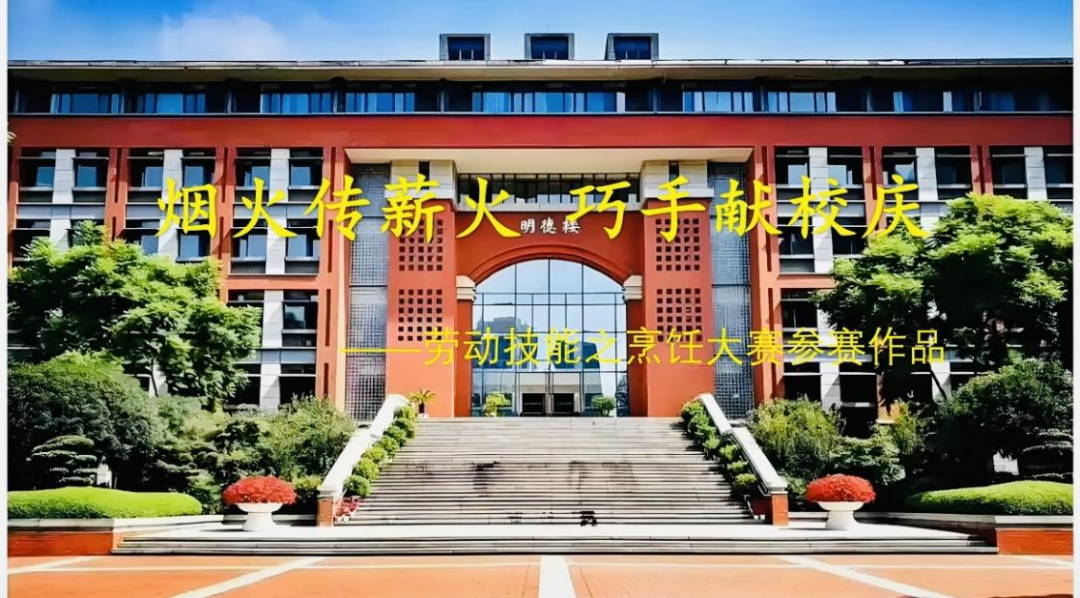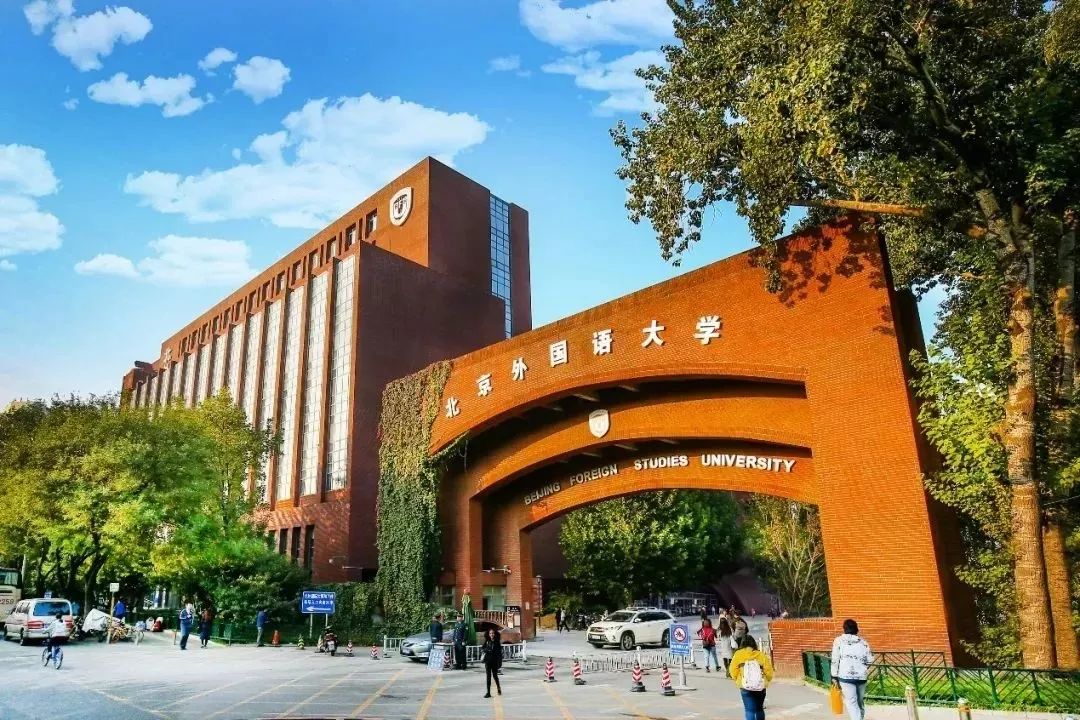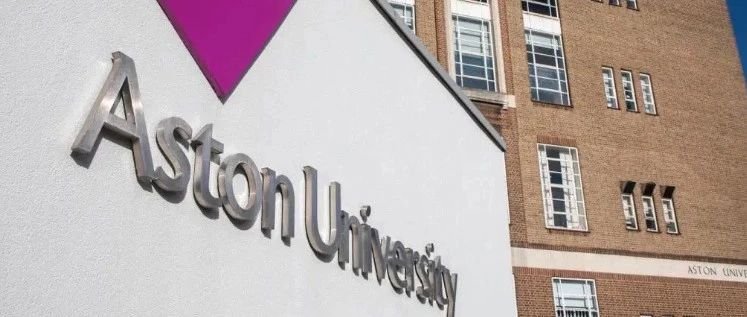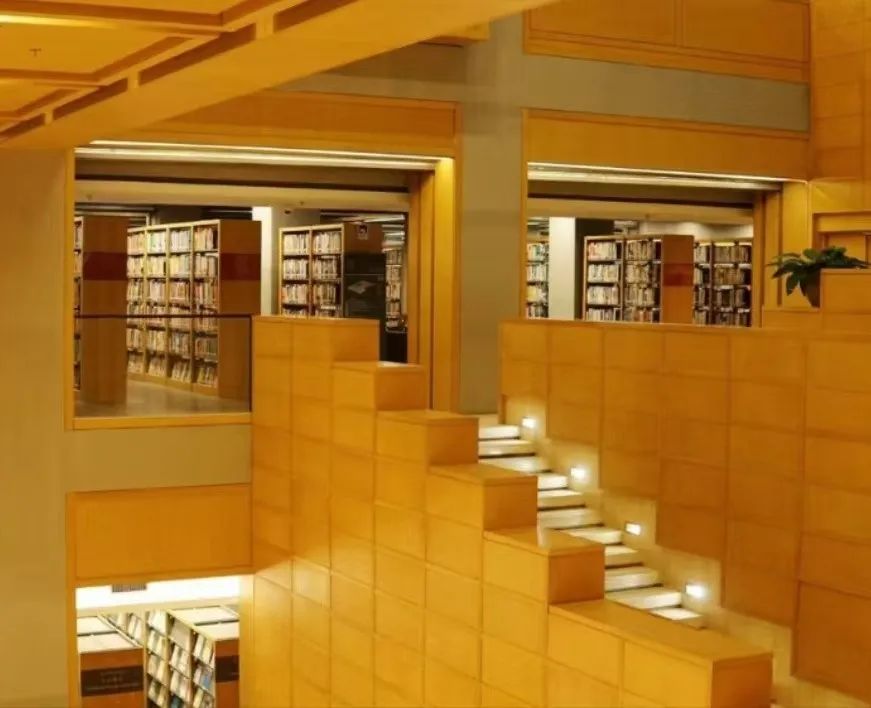适合4月下旬至6月考试的雅思写作团强化班292期正在报名,了解请点此链接。
今 日 考 题Task 1: Table(动态表格)
Task 2:Buildings and monuments that have historical importance in cities and the countryside should always be preserved. To what extent do you agree or disagree?
点评:今天这个题目我先是在不同的地方看到了不同的回忆,然后经过跟几位考生反复确认,应该大致如上。
题目中有两个关键词不要忽略:always和cities and the countryside.
参考范文(8分!只是可能的答案中的一种)
强调,以下文章为本人原创。欢迎考生使用,但各位同行请勿擅自盗取和使用。
It is true that historical buildings and monuments play a crucial role in preserving cultural heritage of every country.While their maintenance is important, I believe they should not always be preserved, especially when doing so hinders urban and rural development.
On the one hand, protecting old buildings in both cities and the countryside is essential due to their historical and cultural significance. Many have played a pivotal role in shaping national identity and serve as lasting symbols of a country’s heritage. For instance, the Pyramids of Egypt are not only remarkable engineering marvels but also enduring testaments to ancient civilization. Furthermore, these structures contribute significantly to the economy through tourism. Well-preserved landmarks attract millions of visitors annually, boosting local businesses and generating government revenue. In urban areas, historic districts can draw tourists and support local economies, while in rural areas, preserved landmarks help sustain cultural traditions and attract visitors to less developed regions.
On the other hand,prioritizing the preservation of every old building, whether in cities or the countryside, may come at the expense of modernization. In rapidly growing urban centers, replacing outdated structures can create space for much-needed housing, transportation networks, and public facilities, which help address overcrowding and improve living standards. Besides, the financial burden of maintaining some historical buildings can be overwhelming, especially in rural areas where resources are limited and infrastructure improvements are urgently needed. Governments may need to allocate substantial resources to restoration projects, diverting funds from essential services such as healthcare, education, and infrastructure development.
In conclusion, while preserving historical buildings in both cities and rural areas is important for cultural and economic reasons, it should not come at the cost of progress. A balanced approach is needed, where significant landmarks are protected while allowing for necessary urban expansion and rural development.













